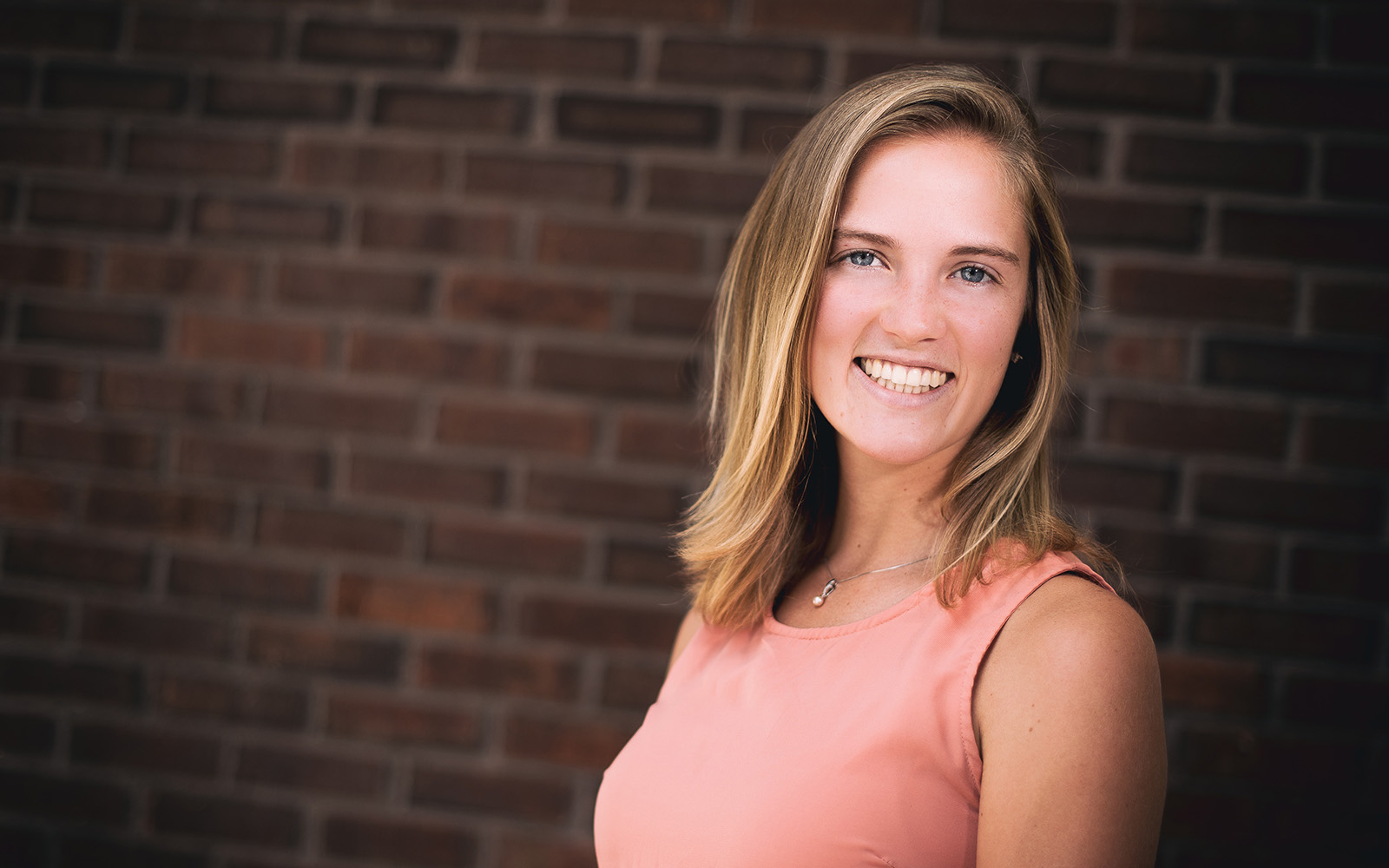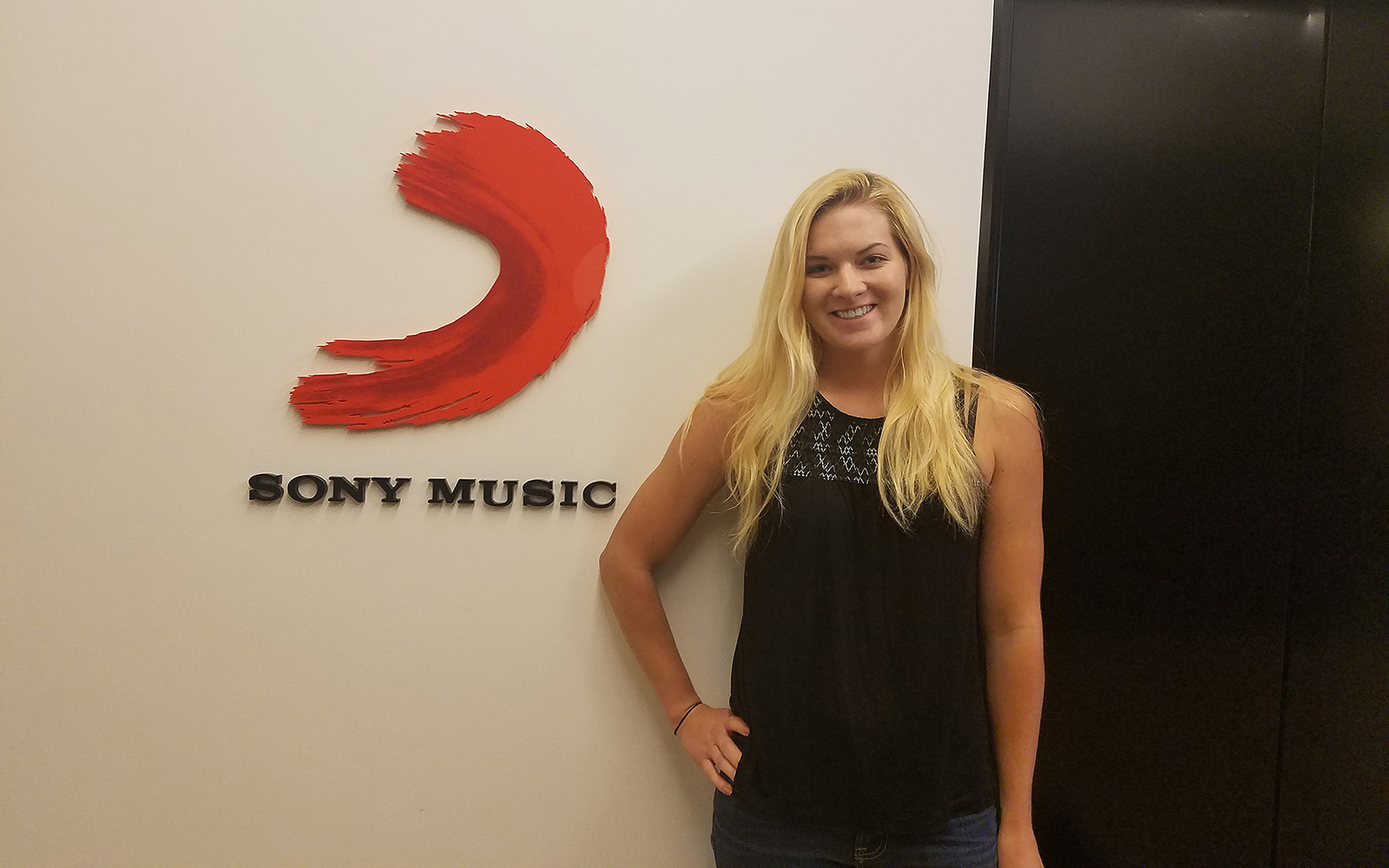CTStartup Podcast– Tattoos were once considered taboo and the realm of weirdos and ne’er-do-wells, but in the 21st century body ink has gone mainstream. Alas, that also means a number of tattoos done in questionable taste, and despite many wonders of modern medicine, the only current treatment for tattoo removal is both painful and expensive.
But what if tattoo removal was as simple as applying a band-aid? That’s the idea behind Dermatat, a concept straight out of UConn’s Innovation Quest business incubator. Tune in to check out what could be the next revolution in the tattoo industry.


